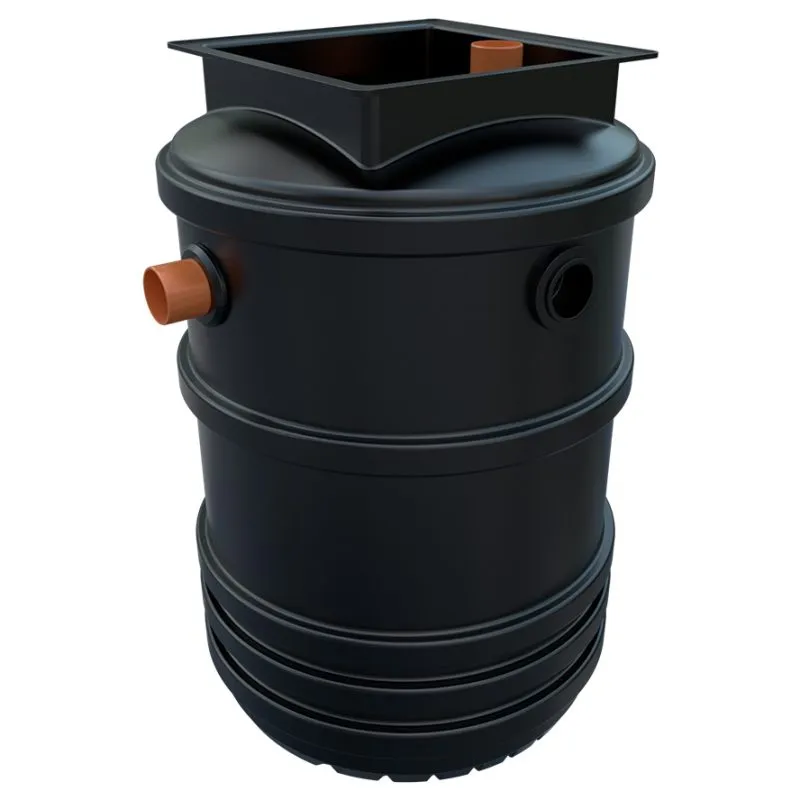If you purchase an independently reviewed product or service through a link on our website, BGR may receive an affiliate commission.
Space is cold, and research has shown time and time again that space ice is prevalent throughout the universe. However, despite sharing a similar name to the ice we find in glaciers or even in our freezers here on Earth, new research says that frozen water found on icy planets, comets, and even in the dust that sails through space is very different from the ice you might put your soda over.
For starters, despite looking like a shapeless solid, ice is actually made up of multiple nanoscopic crystals, all of which are only a few billionths of a meter across, if that. So, what makes Earth ice and space ice so different? Well, according to researchers, Earth ice is made up of orderly lattice crystal designs. These all showcase the six-fold symmetry of snowflakes in the underlying structure.
Today's Top Deals
XGIMI Prime Day deals feature the new MoGo 4 and up to 42% off smart projectors
Best deals: Tech, laptops, TVs, and more sales
Best Ring Video Doorbell deals
But we’ve long believed that space ice has a different structure. Instead, because of the near-vacuum conditions of space, the water frozen there likely lacked the energy needed to form these orderly lattices. Scientists believed they were most likely made up of random arrangements of crystals. But new research is challenging this perspective.
Instead of being made up entirely of random crystallized structures, the researchers found that in order for the ice they made in their tests to truly resemble that of space ice, they had to give it some structure — roughly 20% of the overall structure. But what is even more intriguing is that when warmed slightly, they found that the crystals retain the structure seen in their original designs.
This suggests that the ice holds onto some of its memory of the past, which could help greatly in future studies of frozen water in space. It could also fundamentally change our understanding of how life came to Earth, something that researchers have long theorized happened as amino acids hitched rides in the frozen water of comets.
But if space ice retains some of the structure of its original design, then the empty places for those acids to grow and live would be even more scarce than they was previously thought to be. Of course, the study is far from definitive, and further research will need to be done to confirm these findings. For now, though, they raise some interesting questions about what we think we know about how the universe and space ice actually works.
More Top Deals
Memorial Day security camera deals: Reolink’s unbeatable sale has prices from $29.98
Sign up for BGR's Newsletter. For the latest news, follow us on Facebook, Twitter, and Instagram.
See the original version of this article on BGR.com








![LED Billboard Market Latest Report: Valuation and Growth Insights {2029} [3780.56M, 9.1%]](https://noticiasdecostarica.com/zb_users/upload/2025/07/20250714015451175242929125907.png)

![Laundry Capsules Market: Anticipating Robust Growth Analysis [CAGR 10.9%]](https://noticiasdecostarica.com/zb_users/upload/2025/07/20250713221554175241615494091.png)


